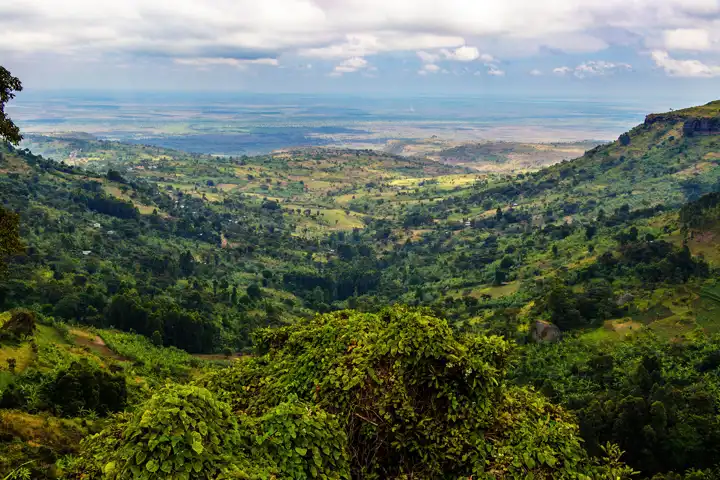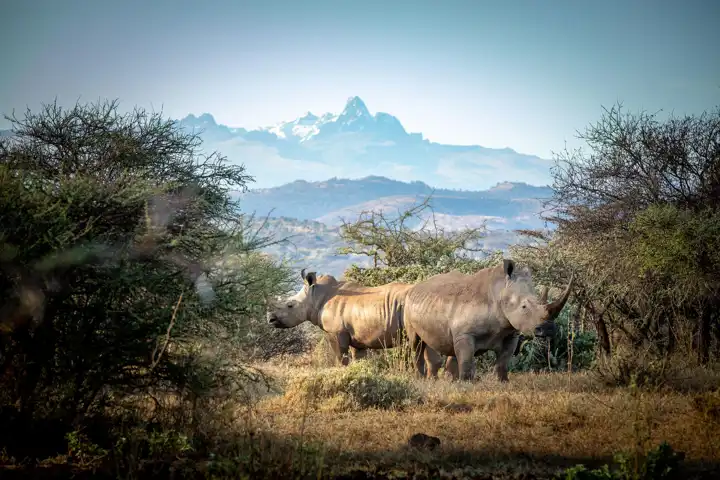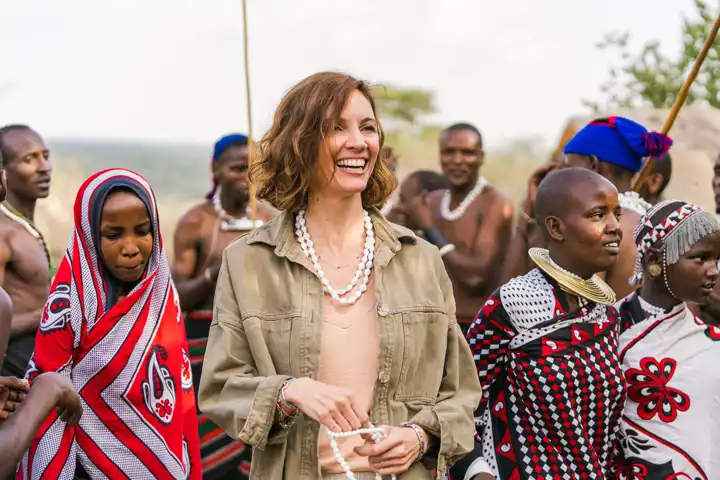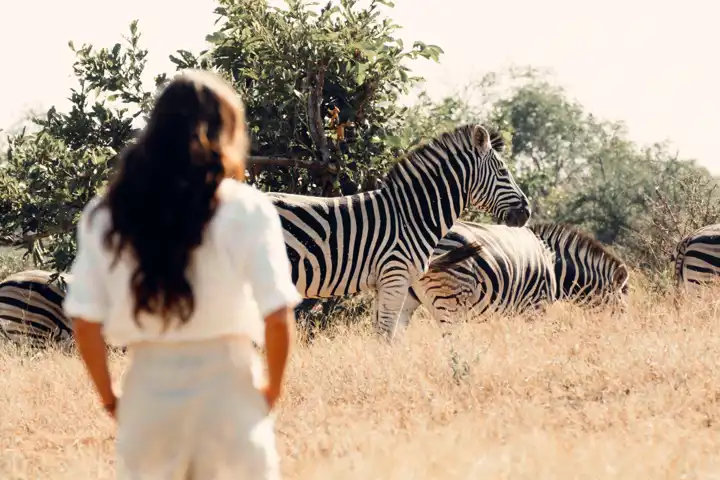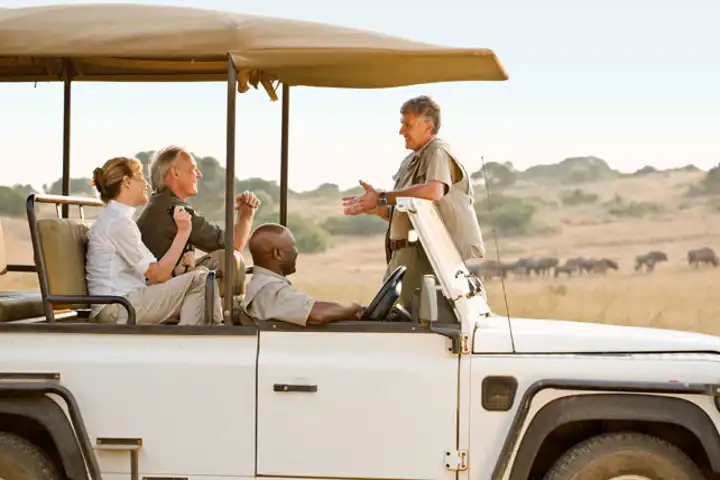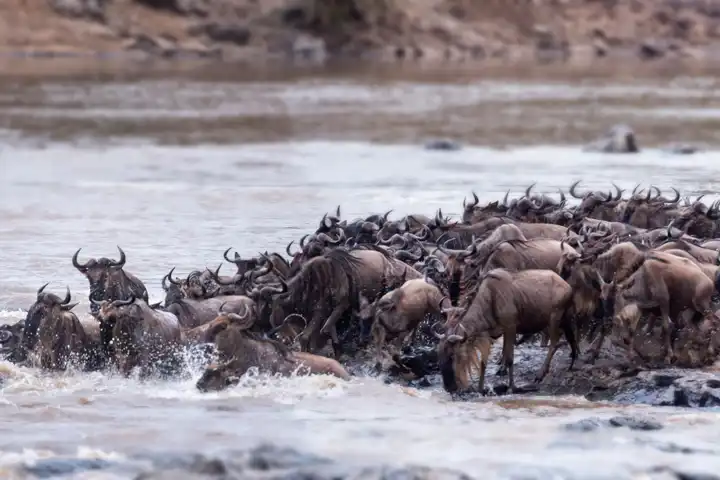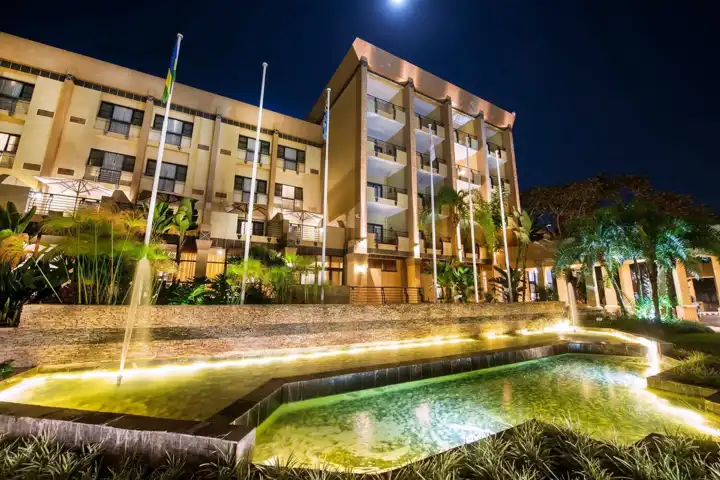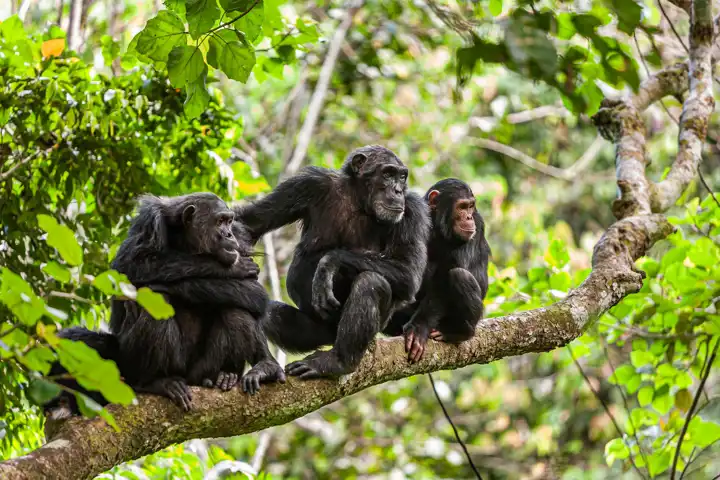Africa Packing List
How to Prepare for a Primate Safari
Tips for Packing
- Don't Overpack: The number one thing to consider when packing for a African safari of any kind is to avoid overpacking. Small charter flights adhere to a strict weight restriction of 33lbs (15kgs) for all luggage. Therefore, pack light, especially since most properties offer laundry service.
- Account for Laundry Time: The rainforests in Uganda, Rwanda, and the Republic of Congo can get muddy and wet. Therefore, bring enough suitable clothing (including socks) to allow time for laundered items to dry in the often humid and wet conditions. Most lodges also provide a boot cleaning service after your trek.
- Color is Key: We highly recommend packing quick-drying, lightweight clothing in dark green, khaki, or brown colors. Remember that black, navy blue, and other dark colors may attract tsetse flies. Also avoid wearing bright colors like red and white while on a primate safari.
Climate
Rwanda, Uganda, and the Republic of Congo are all on, or close to, the equator. They therefore have pleasant year-round climates. However, you should prepare yourself for inclement weather and muddy conditions while primate trekking.
Days are pleasant, 75 to 85°F, and nights are moderate, 50 to 60°F. Higher altitudes can be cooler, so equip yourself with layers. And when in Volcanoes National Park or Nyungwe Forest National Park, remember that it can rain at any time of year.
Luggage Weight Restrictions on Flights
Charter flights within the region limit passengers to a total of 33lbs (15kgs) of luggage per person in soft sided bags. This includes hand baggage and camera equipment.
We therefore recommend soft-sided luggage because of limited space in the aircraft hull (no hard suitcases). Consider bringing just one medium or large strong, water-resistant duffle bag and one small daypack.
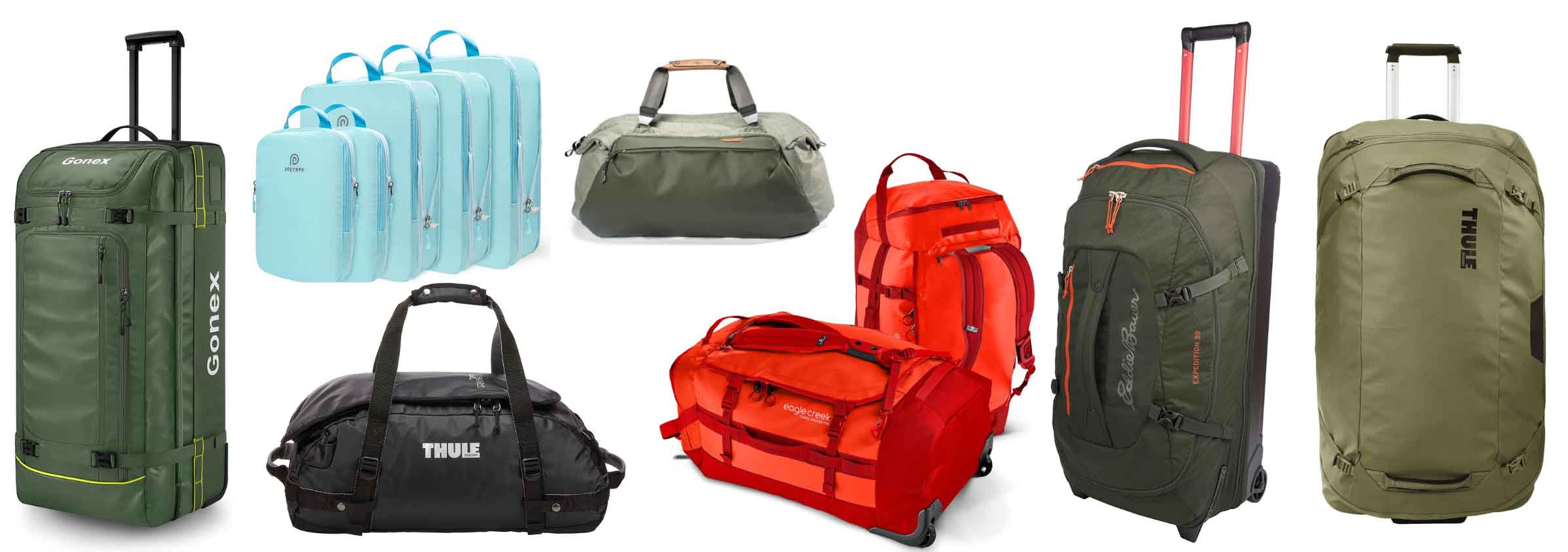
Personal Weight Information
For safety reasons, local charter companies ask us to collect all travelers’ weights in advance. The weight limit per light aircraft seat is 187 lbs (85 kg) body weight per person.
We understand this can be a sensitive topic, but the safety of our travelers is our top priority. Should you require an extra seat, we can work to secure one at an additional cost.
Plastic in Rwanda
Plastic bags are illegal in Rwanda. Therefore, you should pack eco-friendly bags when gorilla trekking in Rwanda. For liquids in hand luggage, use transparent toiletry bags.
This ban on plastic also includes other single-use products, such as water bottles. Please leave any such products on the plane. We suggest you carry a reusable water bottle while visiting Rwanda. Most hotels and lodges will provide filtered drinking water.
![]()
Africa Packing List: Essentials for Trekking
Disclaimer: Some of the links below are affiliate links. As an Amazon Associate, Ker & Downey earns a small commission when you click through and make a purchase. You can find all of our favorite products on our Amazon Storefront.
Pants & Shirts
- 3 quick-drying shirts with long sleeves
- 3 pairs of quick-drying long pants
Outerwear
- A fleece or sweater for evenings and early mornings
- Lightweight rain jacket and rain pants
Shoes
- 1 pair of comfortable, closed-toe walking shoes or hiking boots, ideally lightweight and quick-drying (not sandals or heavy boots)
- 1 pair comfortable shoes for relaxing after trekking
- 1 pair flip flops
- 1 pair of water shoes, booties, or old running shoes to leave behind, if going on river activities in the Republic of Congo
Accessories
- 2 pairs of socks per trekking day, preferably lightweight and quick drying
- 5 pairs of underwear, and 3 bras for women (lightweight sports bras recommended)
- Casual clothes for relaxing at the lodges after the trekking
- Sun hat (baseball caps are fine)
- Sunglasses with UV protection
- Swimsuit
- Pajamas
Trekking Gear
- Masks for wearing when visiting mountain gorillas or chimpanzees
- Gaiters to cover your ankles when trekking to see primate species
- Light gardening gloves for protection against thorns and nettles when trekking
- Walking stick (collapsible is best)
- Daypack for carrying packed lunches, water bottles, and cameras
- Waterproof dry bags to keep camera equipment and extra clothing dry while in the rainforest
Please note: Some properties provide gear such as gaiters and walking sticks. Refer to your final documents or inquire with your Travel Designer regarding the specific amenities at your property.
Personal Items
- Passports, visas, tickets, credit cards, your final documents, cash, phone, etc.
- Refillable water bottle
- If you wear contact lenses, we recommend that you also bring a pair of glasses.
- Camera with plenty of memory cards and at least one spare battery with its charger
- Travel adapter
- Binoculars
Toiletries
- Personal toiletries including toothbrush, toothpaste, preferred lotions, etc.. Though please note most properties will provide essentials like shampoo, conditioner, and soap.
- Basic medical kit (aspirin, bandages, anti-diarrheal, antiseptic cream, eye drops, and antihistamine cream, etc.)
- Bring enough of any prescribed medication that you are currently taking to last the length of your trip. Keep it in its original packaging with the label clearing showing your name and the prescription information.
- Facial tissues and waterless hand sanitizer
- Antihistamine tablets if you suffer from hay fever
- Anti-nausea tablets if you suffer from travel/air sickness
- Moisturizing face cream and sunscreen – SPF 30 or higher recommended
- Insect repellent for body application
![]()
Put this Africa Packing List Use
Are you ready to book your primate safari in East Africa? Then contact a Ker & Downey travel designer to start planning. For even more inspiration, follow us on Facebook and Instagram.
For even more Africa packing tips, see our Men's Safari Packing Guide, Women's Safari Packing List, Southern Africa Packing List, and East Africa Packing List.

Talk to A Travel Designer
Get advice and suggestions to make this your perfect trip.
Or give us a call at 800.423.4236.
Inquire NowSee What We Are Up To
Subscribe to our Weekly Newsletter for Travel Tips and Insider Guides for Planning your Next Journey!

